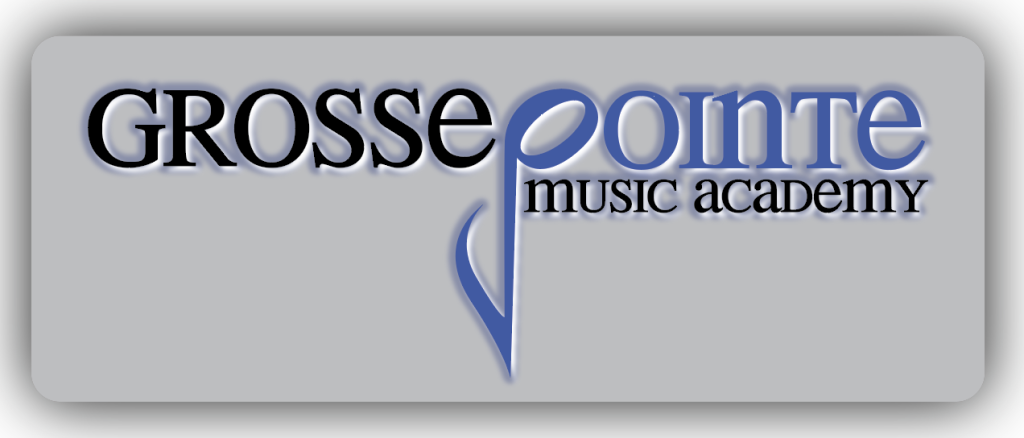If you’ve ever picked up a music theory book, you’ve probably encountered terms like Tonic, Supertonic, Mediant, Subdominant, Dominant, Submediant, and Leading Tone. These may sound overly technical at first, but they serve an important role in understanding how music works.
Let’s take the C Major scale as an example. This scale contains the notes: C, D, E, F, G, A, and B. While each note has a letter name, it also holds a unique place—or function—within the scale:
- C = Tonic (1st scale degree)
- D = Supertonic (2nd)
- E = Mediant (3rd)
- F = Subdominant (4th)
- G = Dominant (5th)
- A = Submediant (6th)
- B = Leading Tone (7th)
Why do we need these fancy names when we already have the letter names? The reason is that while the letter tells us the actual pitch, the scale degree name tells us the note’s function in the context of a specific key. For instance, C is the tonic in the key of C Major, but that same note becomes the supertonic in the key of B♭ Major, and it takes on other roles in different keys.
These functions help musicians understand how each note (or chord built on that note) relates to the tonal center of the key. They are often referred to by numbers—1 through 7—to streamline communication, much like positions on a sports team. For example, in basketball, the point guard is commonly referred to as the “1,” the shooting guard as the “2,” and so on. It’s a shorthand, but behind each number is a very specific role.
The same is true in music. Learning the formal names like “subdominant” or “leading tone” gives context and emotional meaning to each note. For example, the dominant (5th scale degree) has a natural tendency to resolve back to the tonic, creating tension and release. The leading tone (7th scale degree) is just a half-step below the tonic and almost always leads back to it. These subtle relationships become easier to recognize once you attach meaning to each function.
While it’s entirely possible to make great music without ever uttering the term “mediant,” having this vocabulary strengthens your understanding of musical structure. It also helps build your ear’s connection to the theory behind what you’re hearing or playing.
As an added bonus, using this terminology might just make you sound like you know what you’re talking about at your next rehearsal or theory class.
And yes—these names also apply to chords built on each scale degree, not just the notes themselves. So learning them now will benefit you in both melody and harmony.
Whether you use the names or the numbers, understanding the function of each scale degree is a small investment that will pay off tremendously in your musical development.
Henry Bahrou
Guitarist, Music Theorist, Music Academy Director
Grosse Pointe Music Academy
19443 Mack Ave.
Grosse Pointe Woods, MI
48236
313.458.7723
Canton Location
5880 N. Canton Center Rd.
Canton, MI
48187


Thanks! I now understand the meaning of these names